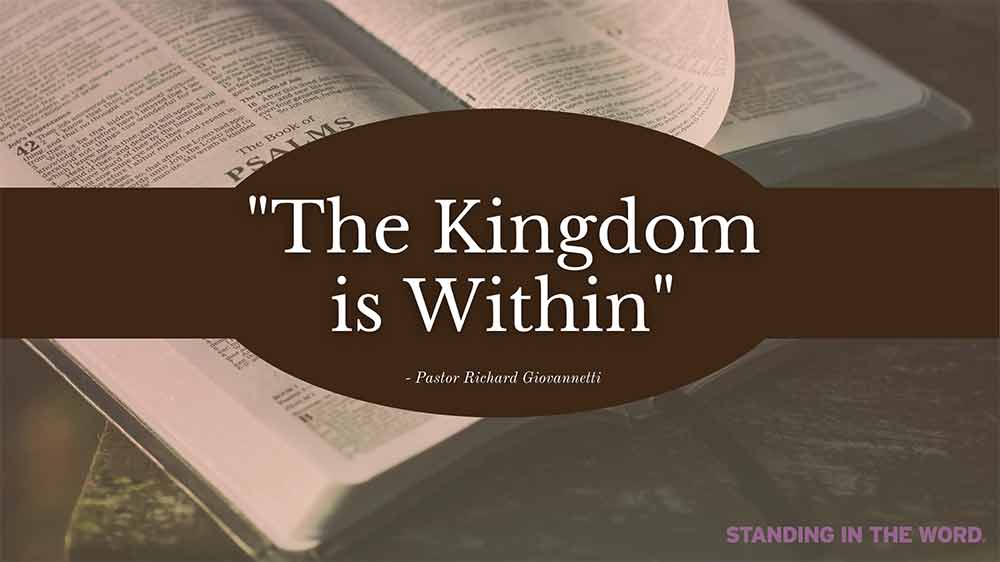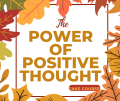
Have you ever wondered why the things you long for—peace, healing, connection, enlightenment—seem so far away? The truth is, they are not far at all. In fact, they are already within you.
As the mystic St. Francis is said to have taught, “What you are looking for is where you are looking from.” These words are a compass for every soul on the journey of awakening. Whether you seek healing from trauma, freedom from addiction, spiritual clarity, or the end of grief, the answers do not lie out there—they dwell within.
Let’s walk this sacred path together.

You Are Spirit, Always Have Been
Before you had a name, before you were a body, you were—and still are—Spirit. In Hinduism, this is called Atman—the divine self that is never born and never dies. In Christianity, we speak of the Holy Spirit, dwelling within each of us. In African spirituality, the soul is known as the divine breath of life, connected to all ancestors and nature itself.
Spirit is not a part of you. It is you. And more than that, it is everything.
The Tao Te Ching says, “The Tao that can be named is not the eternal Tao.” Spirit cannot be contained in definitions. It has no boundaries. It is indivisible. When you came into this world, Spirit didn’t split—it simply became you, while still remaining whole.
Imagine the ocean: when a single wave rises, it is still the ocean. So too are you a wave of Spirit—beautiful, temporary, divine.
The Human Experience and the Illusion of Separation
As children, our awareness slowly learns to recognize boundaries. “These are my hands,” we say. “That is my name. That is my house. These are my beliefs.”
Over time, we construct an identity—gender, race, nationality, opinions, traumas, achievements. It’s a necessary part of being human. But the danger lies in believing this identity is the whole truth of who you are.
This is echoed in Buddhism’s concept of anatta, or “no-self.” The ego self is an illusion—a bundle of thoughts, memories, and identifications. But beneath the illusion lies Buddha-nature: pure awareness, radiant and free.
In Judaism, the neshama—the divine soul—cannot be stained or broken. In Baháʼí writings, humanity is described as mirrors reflecting the light of God, though the dust of the world may obscure our reflection.
We’ve simply forgotten who we are.
Pain as the Captivator of Awareness
Why do we feel disconnected from Spirit? Because pain is sticky. It grabs our attention—whether it’s the sting of betrayal, the grief of loss, or the anxiety of not being “enough.” The ego clings to pain because it fears dissolving into something greater.
Consider this: if you’re constantly focused on what’s wrong—past traumas, political outrage, insecurities—you cannot be aware of the infinite peace that is already here. The African wisdom tradition teaches that what you focus on expands. You become what you behold.
Healing is Important—but Awareness is Transformation
Of course, healing matters. Therapy, prayer, forgiveness, inner child work—these are all sacred tools. They dissolve the walls that block our awareness of Spirit. But healing alone is not enough if we keep reinforcing our identity with pain.
So here is the shift: you don’t need to wait 20 years of self-work to touch the Divine. You can begin right now.
Jesus said, “The kingdom of God is within you.” Not after death. Not only for the worthy. It’s here. Now.
Taoism teaches the same. “Be still like a mountain, and flow like a great river.” When you stop chasing, pushing, striving, and just “be,” you begin to see with the eyes of Spirit.
The Practice of Being
Being is your natural state. It is the space that remains when doing, thinking, and striving fall away. In the practice of meditation, prayer, or silent contemplation, you lift your awareness from the noise of the world to the stillness of your soul.
Try this:
- Pause.
- Breathe deeply.
- Feel the presence behind the breath.
- Rest there.
That stillness? That peace? That’s you. That’s Spirit. That’s God.
You are not reaching for the Divine. You are looking from the Divine.
Living From the Kingdom Within
As you return to your natural state more and more, you begin to live from love instead of fear, from abundance instead of lack, from peace instead of anxiety. The things you thought you had to chase—connection, healing, purpose—begin to rise naturally from within.
This is what the Bhagavad Gita means when it says, “Be steadfast in yoga, O Arjuna. Perform your duty and abandon all attachment to success or failure.” When you live from Spirit, you are content, regardless of outer circumstances.
In African traditional wisdom, elders say, “The drumbeat of the divine is already in your heart; you must simply learn to listen.”
You Are the Ocean
To all seekers reading this: you are not broken. You are not separate. You are not too late.
You are Spirit in form.
You are a spark of the eternal flame.
You are a drop that contains the whole ocean.
So don’t look for God in the sky.
Look with the eyes of God, already within you.
That is where healing begins.
That is where love returns.
That is where the Kingdom is.
Welcome home.
FAQ: Discovering Your Inner Spirit
1. Why do I feel like peace, healing, and connection are so difficult to achieve? The feeling that these qualities are distant stems from a focus on external solutions and an identification with a limited sense of self, often built upon experiences and societal constructs. The truth, as many spiritual traditions suggest, is that these inherent qualities are already present within you, the very essence of your being. The journey is not about acquiring them, but rather recognizing and uncovering what is already there.
2. What does it mean to say “What you are looking for is where you are looking from”? This profound statement highlights that the source of our longing lies not in the external world but within our own awareness. If we are constantly searching for peace or connection outside ourselves, we overlook the fact that these are fundamental aspects of our inherent spiritual nature. Shifting our focus inward allows us to perceive and experience these qualities that have always been a part of us.
3. The text mentions various spiritual traditions like Hinduism, Christianity, Buddhism, and African spirituality. What is the common thread connecting their views on the self? Despite different terminology, these traditions converge on the idea that our truest self is a divine, eternal, and indivisible spirit or soul. Whether it’s called Atman, Holy Spirit, the divine breath of life, Buddha-nature, or neshama, the core concept is that we are fundamentally spiritual beings, connected to a larger reality, and that our everyday identity is a temporary expression of this deeper essence.
4. How does the “illusion of separation” arise, and what is its significance? The illusion of separation develops as we grow and learn to identify with our physical body, name, possessions, beliefs, and experiences. While this is a necessary part of the human experience, the danger lies in mistaking this constructed identity for our complete and only reality. This belief in separation obscures our awareness of our interconnectedness and our underlying spiritual unity, leading to feelings of isolation and lack.
5. Why does pain, whether emotional or psychological, seem to hold so much power over us? Pain is “sticky” because it captures our attention and triggers strong emotional and mental responses. The ego, often identified with our limited self, can cling to pain out of fear of dissolving or losing its sense of identity. When our focus remains fixated on past traumas, anxieties, or perceived inadequacies, our awareness becomes trapped, preventing us from recognizing the inherent peace and well-being that resides within.
6. If healing is important, why does the text suggest that “awareness is transformation”? Healing processes are valuable for addressing and resolving the wounds and blockages that obscure our connection to our inner spirit. However, if we solely focus on healing without a shift in awareness, we risk continuously reinforcing our identity with our pain and limitations. True transformation occurs when we awaken to our fundamental spiritual nature, recognizing that we are more than our wounds. This awareness allows the inherent qualities of peace and love to naturally emerge, even amidst ongoing healing.
7. How can I practically begin to access this inner Spirit or “Kingdom within”? The text emphasizes the practice of “being” through stillness, deep breathing, and quiet contemplation, such as meditation or prayer. By intentionally pausing the constant stream of doing and thinking, we create space to feel the underlying presence and peace within. This simple act of resting in the stillness behind the breath allows us to directly experience our spiritual essence, realizing that we are not striving to reach the Divine, but rather looking from it.
8. What are the potential outcomes of living from this deeper connection to Spirit? As we increasingly connect with our inner Spirit, our perspective shifts from fear to love, from lack to abundance, and from anxiety to peace. Qualities we once sought externally, such as connection, healing, and purpose, begin to arise naturally from within. We become more content and grounded, less attached to external outcomes, and more aligned with our true nature, living from a place of inherent wholeness and interconnectedness.


















0 responses on "What You Are Looking For Is Where You Are Looking From: Returning to the Kingdom Within"